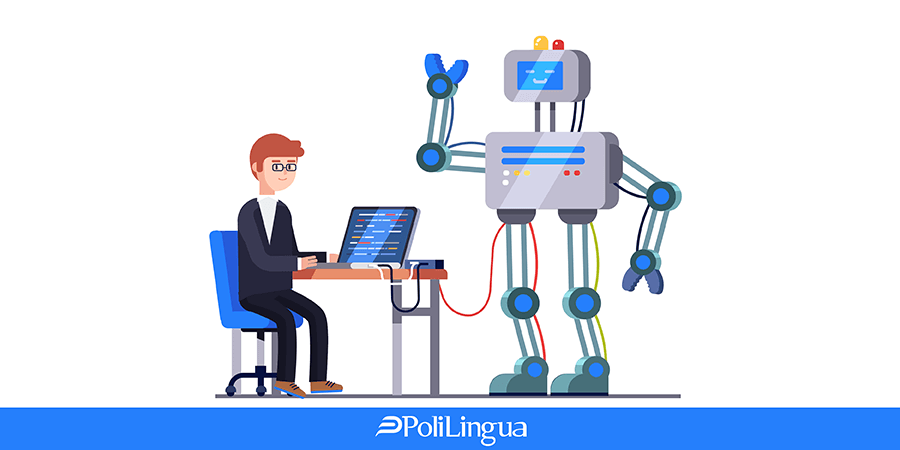
Machine translation with post-editing: is it the right solution for you?
If your company needs a large volume of translation work done, or if you are just looking to reduce translation costs in general, you might already have considered using machine translation (MT) or a combination of machine translation and post-editing (MTPE) by a human translator. These can both be good options in certain cases, but to determine whether MT or MTPE is the right solution for your particular project, you need to consider a number of factors in addition to the cost.
What language pairs do you need to have translated?
As many people are aware, machine translation has improved by leaps and bounds since its introduction to the market. Thanks to advances in processing technology, it is getting better all the time. However, MT works much better in some language combinations than in others.
Generally, machine translation works best between English and European languages. With translations between unrelated languages like English and Japanese or Chinese, the results are generally not as good. This is because English and European languages have grammatical structures that are more closely related. Additionally, there are more likely to be 1-1 correlations between the source and target languages. Machine translation can deal with this better than with the ambiguities it faces when translating between widely disparate languages.
What level of accuracy do you need?
Another important thing to consider when deciding between human or machine translation is the intended use of the translated document. If the translation is for internal use, and you primarily need it in order to understand the basic meaning of the original text, then machine translation may be a good option.
However, if the document is intended for publication or display in any form, or if it contains very specific language that needs to be precisely and fluently rendered, human translation will be the better choice. Even with post-editing by a human, a machine translation will rarely be suitable for public-facing uses.
What type of text is it?
Machine translation can often do a good job with text that is written in simple, clear, straightforward language. But it doesn’t do well with nuance or wordplay. What this means in practice is that documents such as usage instructions, recipes, and other formulaic types of text can be good candidates for machine translation. Documents with highly technical language or lots of nuanced wordplays, however, often yield less-than-intelligible results.
What’s your budget?
Machine translation is, of course, a cheaper solution than human translation. But this should only be the deciding factor if the other factors point towards machine translation being a viable option. Price cannot be the only deciding factor because human and machine translation are not really the same product. They are two different products that meet different needs.
If your primary need is for a rough translation that allows you to understand the approximate meaning of a document, then the budget differences become the deciding factor. But if you need a high-quality translation that reads fluently and is easily comprehensible, you will be better off paying for human translation. Even with human post-editing, machine translation will never meet the same quality standards as a translation done from start-to-finish by a qualified translator.
How long is the document and what is your time frame?
Human translation takes time; in some cases, you might need a document more quickly than a human can translate it. Sometimes an agency can divide a long document up between multiple translators in order to speed up the process, but if you are really in a desperate hurry, then machine translation with a quick review by a human editor is your best bet.
Choosing between human or machine translation is all a matter of balancing priorities and choosing the translation product that best suits your needs. When quality, fluency, and nuance are important, then it is truly best to pay the higher rate for high-quality human translation. When speed and price take priority over everything else, then machine translation with human post-editing can be a good option. It is, however, essential to be aware that the results will be different.







